Accepted Scientific Name: Copiapoa humilis (Phil.) Hutchison
Cact. Succ. J. (Los Angeles) 25: 34. 1953
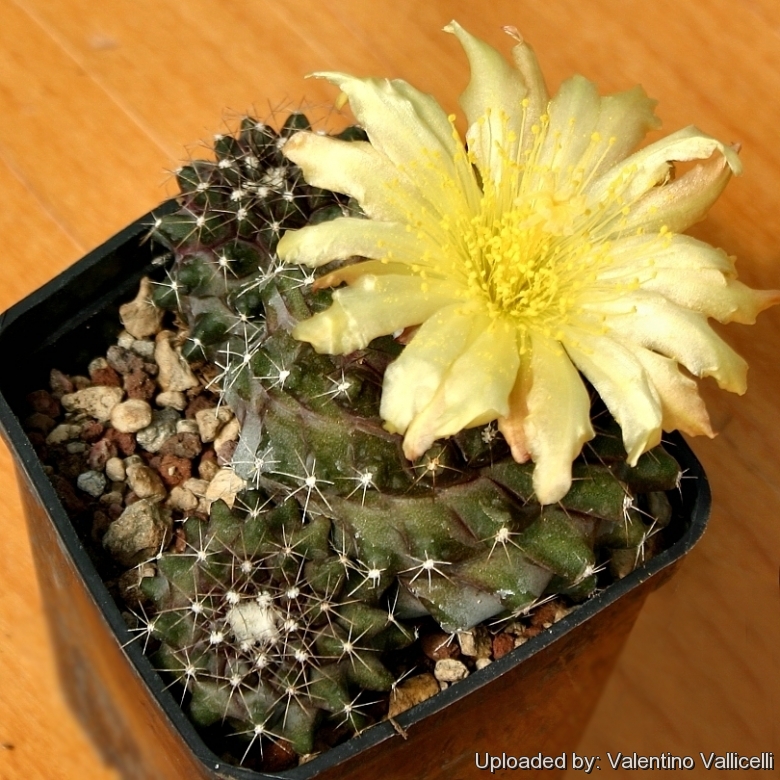
Copiapoa maritima Photo by: Valentino Vallicelli
KK1709 Paposo, Chile 50-100m
Origin and Habitat: Paposo, Chile
Altitude: 50-100 metres above sea level.
Synonyms:
See all synonyms of Copiapoa humilis
Description: Copiapoa maritimaSN|9790]]SN|21935]] is a provisional name, invented by the the Czech cactus trader Karel Knize (field number KK1709), in fact this plant corresponds to Copiapoa humilisSN|9790]]SN|9790]] (subsp. humilis), and the town of collection mentioned (Paposo 50-100 meters above sea level) is the type locality of this species. It has been said that Knize gave most of the plants he collected/sold new names to increase sales. Knize never properly described his plants, he just gave them names and sold them. In fact this plant looks very similar to other forms of Copiapoa humilisSN|9790]]SN|9790]] which are linked one to each others by populations of plants with intermediate characteristics. Nowadays all them are thought to belong to a unique polymorphic species. Such variations has led to establishment of several unnecessary names for this species.
Habit: It branches basally and forms big clumps. The branching degree however is very different in different specimens: some plants stay solitary for a long time, while others form dense clusters of small heads.
Stem: Subglobular, depressed, somewhat soft, producing copious wool in the apex. 2,5-9 cm broad by 2-6 cm high pale olive-green to tan. Juvenile stems are darker purple-red to almost black.
Ribs: About 8-14 slightly spiralling forming distinct elevated tubercles.
Areoles: Well separated, with white wool.
Root: Large tap-root, connected to the stem by long slender neck. Seedlings naturally produce the huge tap root, starting from germination, i.e. before the plant stem becomes mature.
Spines: 10-14 greyish-white to yellowish (in youth) to black (adults).
Radial spines: About 7-13, thin, needle-like, setaceous, open wide on sides, marginal, somewhat bent, 2-25 mm long.
Central spine: 1 to 4, sometime absent on juvenile specimen, fairly slender, erect, straight or curved 10-35 mm long.
Flowers: At the apex, 2-4 cm long, corolla sulphur yellow, strongly scented. In cultivation Copiapoa humilisSN|21935]]SN|9790]] are able to flower from immature stems at an early age (about 2 years from germination) and set viable seed. Ovary always glabrous, with smaller scales inserted only above the peripheral ring.
Fruits: Round, naked, bright red, up to 8 mm long.
Seeds: Black.
Subspecies, varieties, forms and cultivars of plants belonging to the Copiapoa humilis group
Bibliography: Major references and further lectures
1) Robert Silverberg “The Palace at Midnight: The Collected Stories, Volume 5“ Hachette UK, 29/Sep/2011
2) Graham Charles “Copiapoa” Cirio Pub. Services, 1999
3) Riha & Subik. “The illustrated encyclopedia of cacti and other succulents” (edited by G. & K.A. Beckett) 1981
4) James Cullen, Sabina G. Knees, H. Suzanne Cubey “The European Garden Flora Flowering Plants: A Manual for the Identification of Plants Cultivated in Europe, Both Out-of-Doors and Under Glass” Cambridge University Press, 11/ago/2011
5) Clive Innes “Complete Handbook of Cacti and Succulents” Van Nostrand Reinhold Company, 01/Dec/1981
6) Edward Anderson “The Cactus family” Timber Press, Incorporated, 2001
7) David R Hunt; Nigel P Taylor; Graham Charles; International Cactaceae Systematics Group. "The New Cactus Lexicon" dh books, 2006
8) N. L. Britton, J. N. Rose “The Cactaceae. Descriptions and Illustrations of Plants of the Cactus Family.” Volume 4, The Carnegie Institution of Washington, Washington 1923
9) F.Ritter “Kakteen Südamerika” 3: 1072 1980
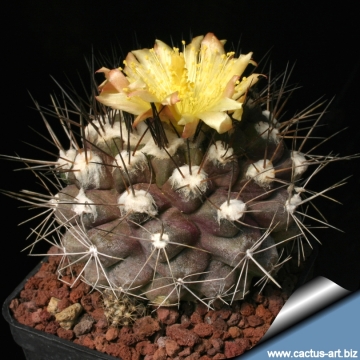 Copiapoa maritima Photo by: Cactus Art
Copiapoa maritima Photo by: Cactus Art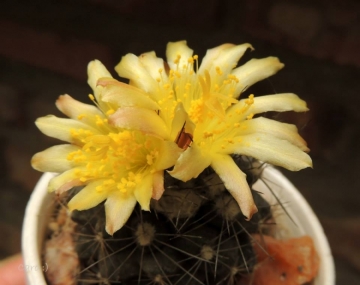 Copiapoa maritima Photo by: Carolina González
Copiapoa maritima Photo by: Carolina González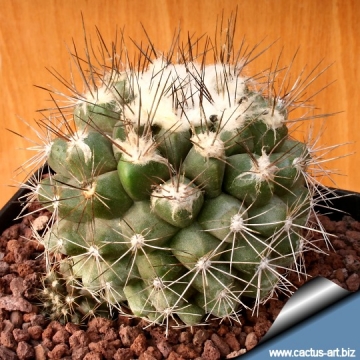 Copiapoa maritima Photo by: Cactus Art
Copiapoa maritima Photo by: Cactus Art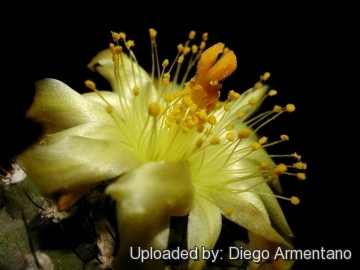 Copiapoa maritima Photo by: Diego Armentano
Copiapoa maritima Photo by: Diego Armentano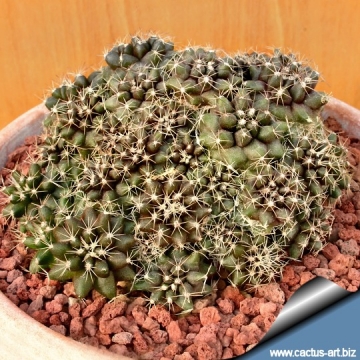 Copiapoa maritima Photo by: Cactus Art
Copiapoa maritima Photo by: Cactus Art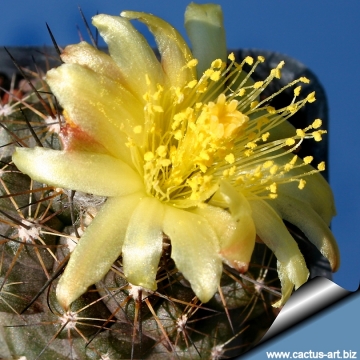 Copiapoa maritima Photo by: Cactus Art
Copiapoa maritima Photo by: Cactus Art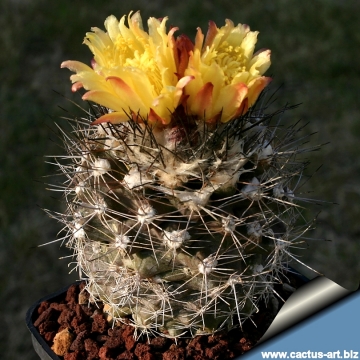 Copiapoa maritima Photo by: Cactus Art
Copiapoa maritima Photo by: Cactus Art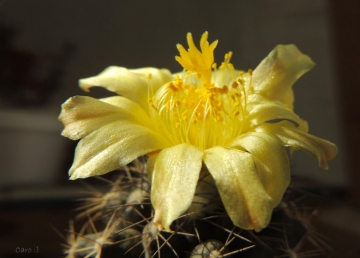 Copiapoa maritima Photo by: Carolina González
Copiapoa maritima Photo by: Carolina GonzálezCultivation and Propagation: Considering that Copiapoa maritimaSN|9790]]SN|21935]] = Copiapoa humilisSN|21935]]SN|9790]] comes from a habitat with an extremely arid climate, they are remarkably tolerant of pot culture. These plants have thick taproots and are susceptible to overwatering. They requires also an appropriate air circulation. Copiapoas are summer grower species easy to cultivate
Growth rate: It is a relatively rapidly growing and easily flowering species that will make clumps given the best conditions.
Soils: It likes very coarse mineral cactus mix soil, but can become too elongated if compost is too rich.
Repotting: Use pot with good drainage.
Watering: Water moderately from Spring to Autumn, but do not overwater (Rot prone), it must be strictly kept dry throughout the winter quiescent period since it is very sensitive to any moisture excesses keep dry in winter.
Fertilization: Feed with a high potassium fertilizer in summer.
Hardiness: They need to be kept in a cool place during winter rest and are resistant to light frost if kept on the dry side prior to, and during, cold weather ( they are hardy to -4 C ° C short periods). However some warmth throughout the year will increase the grower's success (minimum 5° to 8°C during rest season).
Exposition: Requires full sun or light shade and careful watering to keep plant compact with strong coloured spines. Tends to bronze in strong light, which encourages flowering and heavy spine production. Light shadow my be useful in the hottest summer days.
Uses: It is an excellent plant for container growing. It always looks good and stays small. It look fine in a cold greenhouse and frame or outdoor in a rockery.
Pests & diseases: It may be attractive to a variety of insects, but plants in good condition should be nearly pest-free, particularly if they are grown in a mineral potting-mix, with good exposure and ventilation. Nonetheless, there are several pests to watch for:
- Red spiders: Red spiders may be effectively rubbed up by watering the infested plants from above.
- Mealy bugs: Mealy bugs occasionally develop aerial into the new growth among the wool with disfiguring results, but the worst types develop underground on the roots and are invisible except by their effects.
- Sciara Flies: Sciara flies are one of the major problems for seedlings. It is a good practice to mulch your seedlings with a layer of grit, which will strongly discourage the flies.
- Scales: Scales are rarely a problem. It is wise to treat your whole collection with a systemic insecticide twice a year in spring and autumn.
- Rot: Rot is only a minor problem with cacti if the plants are watered and “aired” correctly. If they are not, fungicides won't help all that much. To prevent rottenness it is also advisable to surround its root neck by very rough sand or grit, this help a fast water drainage.
Propagation: Seed, cutting, grafting. Seeds germinate in 7-14 days at 21-27° C in spring, remove gradually the glass cover as soon the plants will be well rooted (ca 1-2 weeks) and keep ventilated, no full sun for young plants!
Your Photos
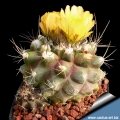
by Cactus Art




















